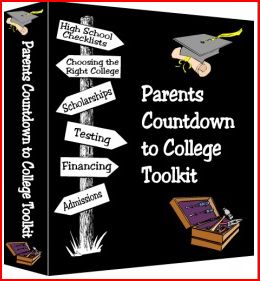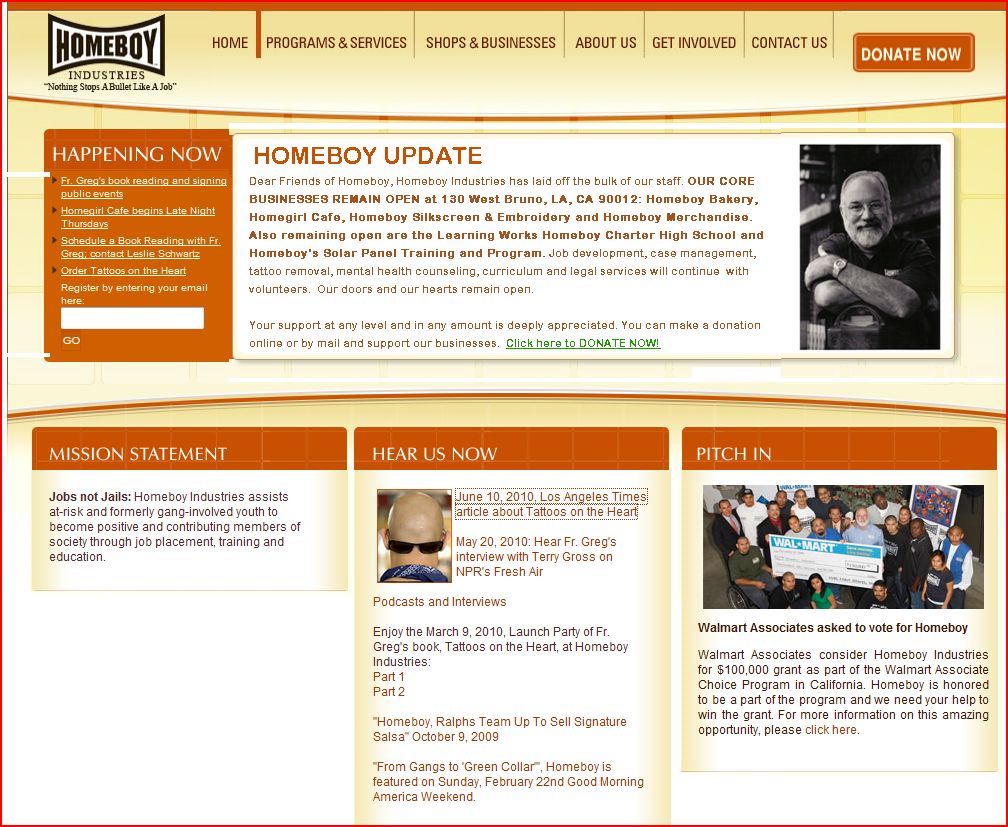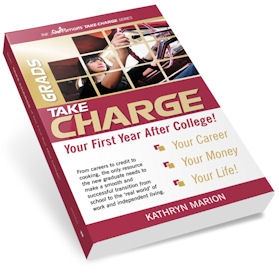Are you or your Brand afraid of bloggers and social media? Well, maybe you should be–especially if your brand is still sitting on the side lines and not listening. Jessica Gottlieb , a powerful voice on the Internet and a mom blogger, recently wrote two excellent posts “Five Simple Steps to Bringing a Brand to their Virtual Knees” and “Six Tips for Brand Managers Who Might Be Afraid of Bloggers” . Gottlieb is that “Jessica Gottlieb” that started the “#MotrinMoms” backlash on Twitter in November 2008.
Gottlieb expressed her displeasure with Motrin’s ad campaign that she and others felt wasn’t supportive of new mothers and in a series of tweets expressed that “picking on new mothers is vile.” Her tweets set off a reaction that reverberated across Twitter and then the Internet and finally the mainstream press and it wasn’t until Monday that Motrin finally responded to the moms they were trying so hard to connect with but by then the damage was done http://www.web-strategist.com/blog/2008/11/17/motrin-mothers-groundswell-by-the-numbers/ .In just a weekend, the mommy bloggers had mobilized and expressed their anger in their own blogs, on Twitter, on FaceBook where they created a “Boycott Motrin” Group, on YouTube where they added their own videos, as well as on Flickr. That same weekend the controversy was picked up by mainstream media including the New York Times http://parenting.blogs.nytimes.com/2008/11/17/moms-and-motrin/?scp=1&sq=Motrin%20Moms%202008&st=cse
The title alone of the first post should get your attention if you still think you can sit social media out. In her first post, Gottlieb clearly lays out the steps of how anyone with a blog and or a Twitter account and a handful of followers can take aim at a corporation. Jessica’s steps consist of:
1) Timing is everything: Large corporations close up in the evenings, and many are completely checked out on weekends. If you post something critical of them on a Friday evening, you have a two to three day head start on your buzz versus theirs.
2) Ask readers to take an action and report back: When you post about the evil corporation be sure to ask your readers to do something other than just read. Ask them to call or email (letter writing campaigns have gone the way of the brontosaurus).
3) Track and share the momentum: Set up a google alert. If you’re asking people to say #xyzstinks then you will want updates as quickly as possible so that you can support people who write #xyzstinks. As people are writing be sure to share it in public forums like Twitter, Stumbleupon, Facebook and Digg.
4) Go multimedia: Really, multimedia doesn’t mean internet, TV and radio. Multimedia (in our frame of reference) means text, audio and video. Post your message to your blog, to cinch, and to YouTube.
5) Get redundant: Stay on message and repeat it ad nauseum. I recognize that after a day or so it’s unlikely that you will care any longer, but stamina is everything. Constant blog posts in every blog you contribute to are key. Repeat steps one through four tirelessly.
As a PR professional, I recommend that companies pay attention to all of these steps but also take a closer look at step 1 –“Timing is everything.” Companies still naively think that if they have bad news that they are required to release they need to drop it on Fridays after the Stock Market closes. Depending on who you are and what you have to announce that just won’t fly anymore. You may think you are pulling a fast one on the traditional press that follows your company but you won’t be pulling a fast one on the bloggers that work 24/7. In addition, the tradional press may also spend the weekend digging up more to include in their story. And like Motrin, you might end up with quite a mess on your hands before the weekend even wraps up.
Maybe you might be thinking that since your company is B2B you don’t need to worry about a possible “groundswell” catching up to your company. Sure you want to bet on that? Jessica’s steps can be used just as easily to target B2B companies as easily as they can be used to target B2C companies.
If her first post gave you pause, then her second post “Six Tips for Brand Managers Who Might Be Afraid of Bloggers” can serve as a road map to get your company moving. Gottlieb recommends:
1. Build Social Capital early and often: The best way to make sure you never have a big problem with bloggers is by participating in their discussions before the drama.
2. Do not hand social media over to interns: Interns are adorable, and I recognize that businesses need them for things like answering phones and fetching coffee. However, when your intern is in charge of your facebook page you’ve just handed the keys over to someone who was probably delivering pizza last month.
3. Monitor your brand round the clock: Small businesses do it, because they have to. You need to also. It doesn’t have to be one person, but at the barest minimum a google alert with YourBrandHere and boycott, sucks, or criminal as a keyword will keep you informed of a tempest brewing.
4. Respond truthfully: One big criticism of of the Motrin fiasco is that the apology wasn’t sincere (authentic).
5. Don’t participate if you don’t have the resources: Really. I honest to goodness recommend that brands stay out of social media if they aren’t going to make it part of their business. Do not set up a facebook page and then let it sit there. If you want to protect your name online buy your URL’s, take your twitter ID’s and just park them. Don’t invite a conversation you won’t show up for.
6. Just be yourself. Social media isn’t about your brand, it’s about you.
Building social capital is critical and without it you won’t be able to build a good relationship with the community your business needs. It doesn’t mean pushing out non stop information about your company and products. It means “listening” first to the discussions in the communities you are looking for a home in. It then means offering useful information to that community or better sharing the information of the other community members first.
I also “love” that tip # 2 recommends that companies not turn over social media to interns. In the last year I have heard a number of companies –including PR companies– either talk about their plan to turn “social media” over to an intern or who have already done it and it always leaves me aghast. Just because an intern has been on FaceBook longer than anyone over 25—and that is because it was originally a college only community– doesn’t mean they have the expertise of company, customer, products or the industry you are in. Would you really send your intern in to close a deal with a potential customer you have been chasing for years or to represent you to the technology reporter you want so badly to cover your company? Then why would you do it in social media?
One other tip I would offer is “transparency”. Gottlieb mentions in tip #4 being authentic—truthful. It is also important to remember in social media that people don’t want to talk with a logo. They want to talk with a person. If you’re tweeting say who you are right up there in your profile. If you have to talk behind a logo try to persuade management to add your name on the Twitter page so your followers can more easily engage with you.
Read the full posts. They are excellent.
Still afraid?








